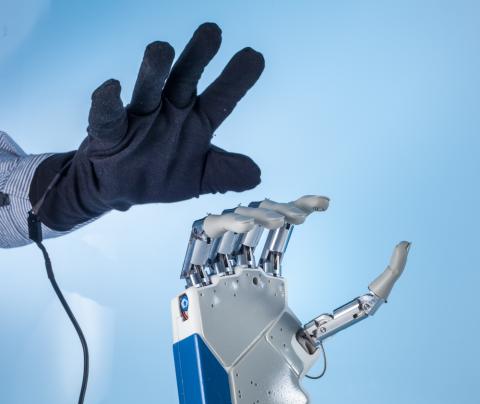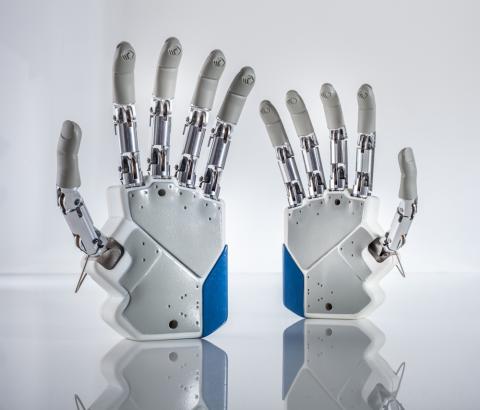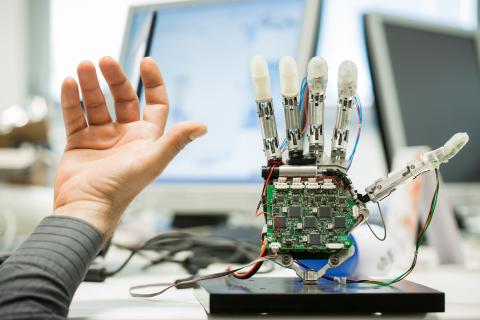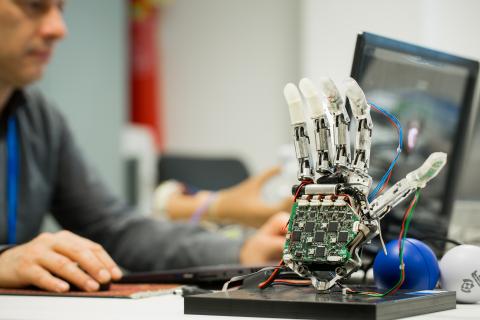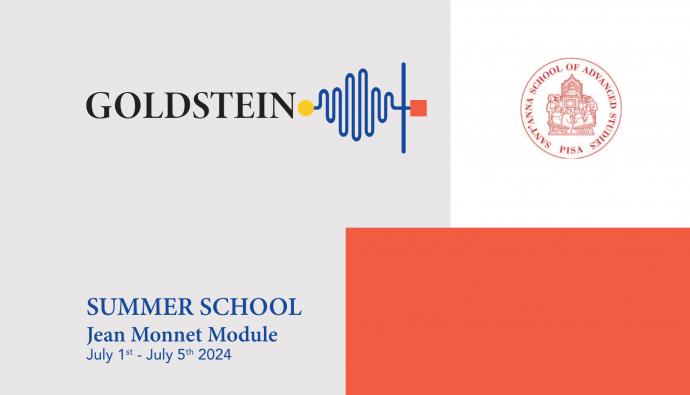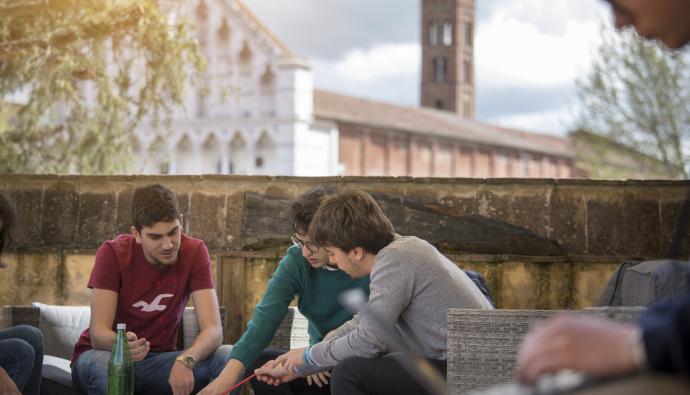TOWARDS AN INNOVATIVE UPPER LIMB ROBOTIC PROSTHESIS CONTROLLED THROUGH IMPLANTED MAGNETS: THE NEW STUDY OF THE BIOROBOTICS INSTITUTE OF SCUOLA SANT’ANNA PUBLISHED ON SCIENTIFIC REPORTS
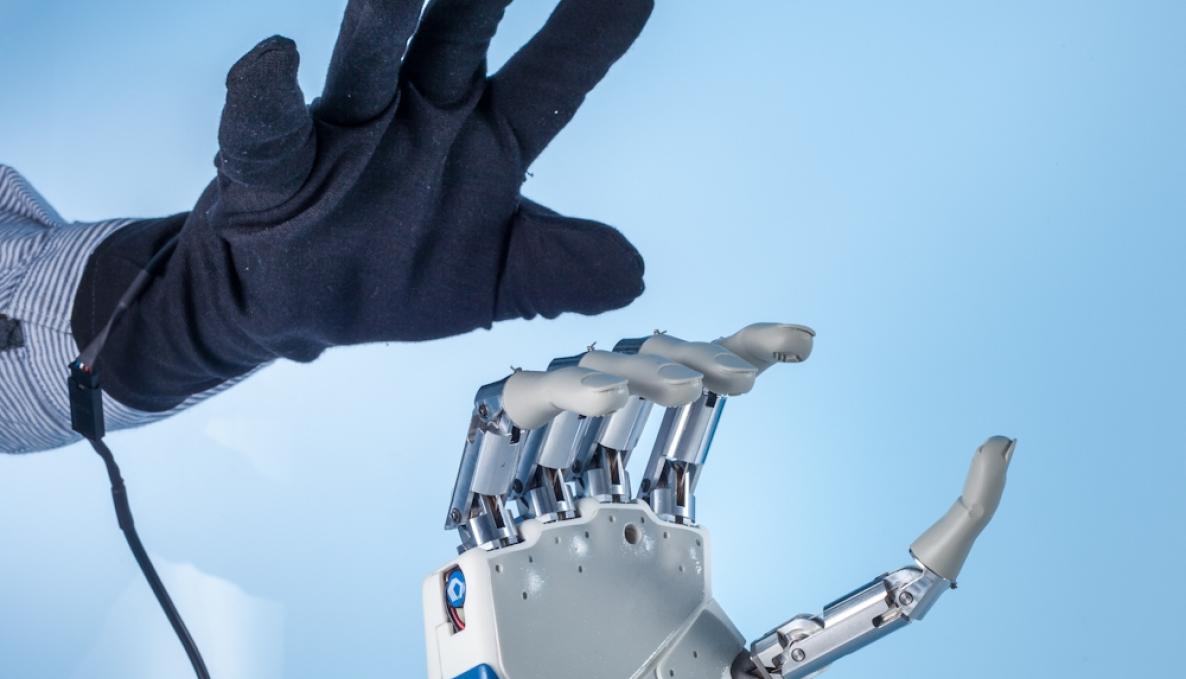
The MyoKinetic control strategy, that is, the extraction of motor intentions by means of permanent magnets implanted in forearm muscles for the physiological control of robotic prostheses. This is the new frontier in upper limb prosthetics presented by a research group of the BioRobotics Institute of the Scuola Sant’Anna (Pisa, Italy) on the Scientific Reports research journal, through the article The myokinetic control interface: tracking implanted magnets as a means for prosthetic control.
The article, authored by Sergio Tarantino, Francesco Clemente, Diego Barone, Marco Controzzi and Christian Cipriani, is part of the MYKI research project (A Bidirectional MyoKinetic Implanted Interface for Natural Control of Artificial Limbs). The project is funded by the European Research Council and awarded to Prof. Christian Cipriani through an ERC Starting grant, one of the most competitive and prestigious funding programmes at the international level.
The project proposes, for the first time, the use of a Human-Machine Interface based on magnetic field principles, overcoming conventional approaches based on the recording of electro-physiological signals. Its aim is to monitor the contraction level of residual muscles within an amputated limb, during a motor action, and use this information to move the fingers of a prosthesis.
In the article, the research team demonstrated the feasibility of the MyoKinetic approach by means of a forearm mockup, designed to replicate the anatomical location and contraction movements of extrinsic muscles of the hand. In particular, the authors demonstrated the possibility of monitoring the contraction of four “artificial muscles” and used this information to control the movements of the fingers of a prosthetic hand independently. The MYKI project not only aims to allow a natural control of the prosthesis, but also to restore sensations to the user when interacting with the environment.
“This is the first step towards the realization of the project – explains Christian Cipriani, Director of the BioRobotics Institute and principal investigator of the MYKI project – the next steps will move towards improving bio-compatibility of the magnets and looking for a clinical partner to implant them. The roadmap is dictated by the project itself, which will end in 2021. The final goal? Performing the first surgical implant on a human subject”.

